The following are the main application directions of plantar pressure plate measurement of plantar pressure distribution in rehabilitation medicine:
1. Gait analysis and abnormal gait correction
Through dynamic plantar pressure detection, the plantar pressure distribution characteristics of patients when walking can be accurately captured, gait abnormalities (such as inward-toed, outward-toed, inward-inward-valgus, etc.) can be identified, and their impact on lower limb joints and spine can be analyzed. Combined with the center of pressure trajectory (COP) deviation data, doctors can formulate targeted gait retraining plans, such as improving walking stability through arch support or gait correction training.
2. Postoperative rehabilitation monitoring and effect evaluation
For patients who have undergone knee replacement, Achilles tendon repair, etc., the plantar pressure plate can monitor their gait recovery process in real time. For example, by comparing the peak plantar pressure distribution before and after surgery, the prosthesis adaptability or surgical effect can be evaluated. Dynamic data can also reflect the recovery of the patient's weight-bearing capacity, providing a basis for adjusting the intensity of rehabilitation training.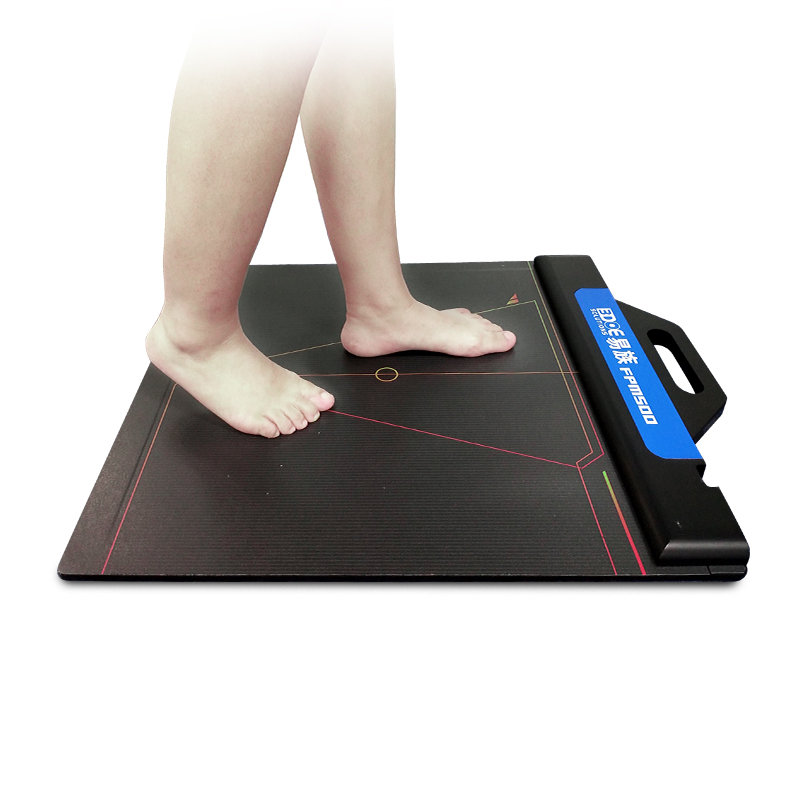
3. Foot deformity correction and biomechanical adjustment
The system can quantitatively evaluate the degree of arch collapse (such as flat feet, high arches), plantar fasciitis and other structural foot diseases and mechanical imbalance. Based on the pressure distribution map, the rehabilitation therapist can customize orthopedic insoles for patients or adjust the biomechanical load of the foot, such as alleviating metatarsalgia by dispersing excessive pressure on the forefoot.
4. Risk prediction and management of diabetic foot
Dynamically monitor the pressure concentration area of diabetic patients' feet and identify high-risk areas for foot ulcers (such as the first metatarsal or heel). Combined with the pressure threshold warning mechanism, patients can be guided to change their gait patterns or wear decompression shoes to reduce the incidence of foot complications.
5. Balance function training and fall prevention
By analyzing the symmetry of plantar pressure during static standing, the balance ability of the elderly or patients with neurological diseases (such as stroke and Parkinson's disease) is evaluated.
For the problem of center of gravity shift or uneven pressure distribution, balance board training or plantar sensory stimulation programs are designed to improve standing stability.
6. Pain management and soft tissue rehabilitation
The plantar pressure plate can locate abnormal pressure points of diseases such as plantar fasciitis and Achilles tendonitis, and can be combined with customized insoles or arch support devices to relieve local soft tissue load. Dynamic monitoring data can also evaluate the improvement effect of rehabilitation treatment (such as shock wave therapy) on pressure distribution.
7. Personalized rehabilitation program formulation
The system integrates static foot shape data (such as arch height and foot width) and dynamic gait parameters (such as stride and frequency) to provide multi-dimensional biomechanical evaluation for complex cases such as spinal cord injury and cerebral palsy. Combined with pressure-time curve analysis, step-by-step rehabilitation goals can be designed and treatment effects can be quantified.

 +86-0755-86131192
+86-0755-86131192 2025-04-25
2025-04-25 Back to list
Back to list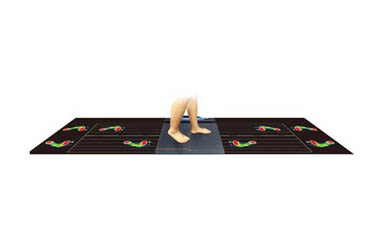
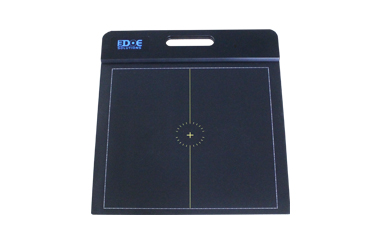

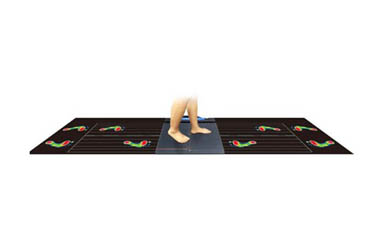
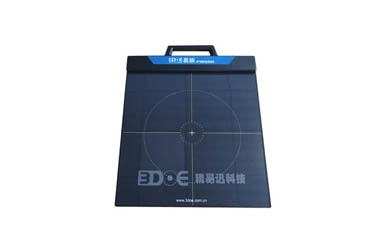
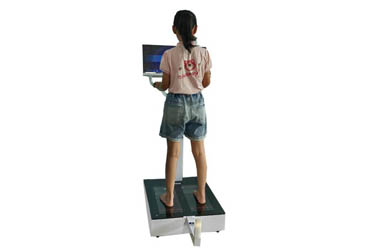



 +86-0755-86131192
+86-0755-86131192